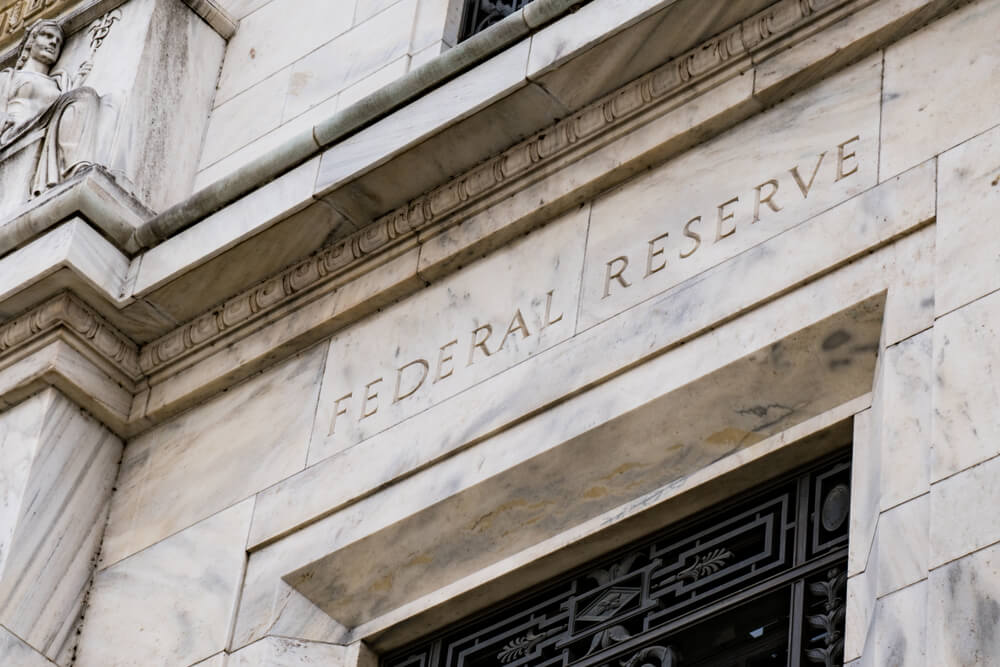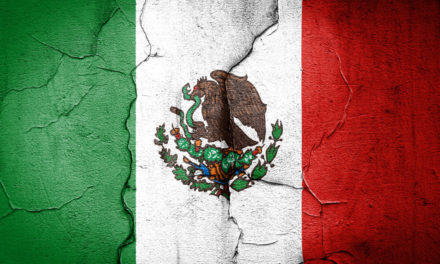Federal Reserve Chairman Jerome Powell said Wednesday that “many” Fed officials believe a weakening global economy and rising trade tensions have strengthened the case for looser interest-rate policies.
Delivering the Fed’s semi-annual monetary report to Congress, Powell sent the strongest signal yet that the central bank is ready to cut interest rates for the first time in a decade, possibly as soon as the July meeting.
Powell said that since Fed officials met last month, “uncertainties around trade tensions and concerns about the strength of the global economy continue to weigh on the U.S. economic outlook.” Meanwhile, inflation has fallen farther from the Fed’s target.
Many investors have put the odds of a rate cut this month at 100%. The Fed’s benchmark rate currently stands in a range of 2.25% to 2.5% after the central bank boosted rates four times last year, moves that brought increasing attacks from President Donald Trump.
Trump, who is counting on a strong economy as he heads into a re-election campaign, has called the Fed his biggest threat. He contends that the central bank made a huge mistake by tightening credit too much last year and should be cutting rates now, arguing that last year’s rate hikes have hurt economic growth and depressed the stock market.
Powell made no mention of the president’s criticism in his prepared testimony, but he did thank Congress for the “independence” it has given the central bank to operate.
Powell’s statement kicked off two days of testimony, first before the House Financial Services Committee and then Thursday before the Senate Banking Committee.
At the moment, the economic landscape is a mixed one: The U.S. job market appears resilient but overall economic growth is slowing with many forecasters predicting growth has slowed to around 2% in the just completed April-June quarter.
In his testimony, Powell said the economy has performed “reasonably well” over the first half of the year. But he noted that “crosscurrents, such as trade tensions and concerns about global growth, have been weighing on economic activity and the outlook.”
He said that growth in business investment “seems to have slowed notably,” possibly because of concerns over slowing global growth and the trade battle between the United States and China.
Powell repeated a pledge the Fed made in its June policy statement that officials would “act as appropriate to sustain the expansion.” However, he added that “many” Fed officials saw that the case for a looser monetary policy “had strengthened.”
The Fed last cut rates in 2008 at the height of the financial crisis.
Some Fed watchers have suggested that cutting rates now would serve as an insurance policy of sorts by the central bank against a potential economic downturn.
Investors, as tracked by the CME Group, have assigned a 100% likelihood to a rate cut when the Fed meets in three weeks. Until very recently, the chance of a modest quarter-point cut was put at 70% and a steep half-point cut at 30%.
That change reflects two developments. Trump and Chinese President Xi Jinping declared a truce last month in what had threatened to become an escalating U.S.-China trade war and agreed to resume talks toward a deal that would meet the administration’s demands to better protect U.S. technology.
That step eased fears that Trump would extend punitive tariffs to an additional $300 billion in Chinese goods, in the process inviting retaliation from Beijing on American exports and likely weakening both nations’ economies.
And last week the government reported that after a tepid job gain in May, U.S. employers sharply stepped up their hiring in June, an indication of the economy’s durability.
One wild card in the Fed’s decision-making has been Trump’s highly unusual public pressure on the central bank to cut rates sharply. Trump’s attacks have raised alarms that he is undermining the Fed’s long-recognized independence from political pressure.
Some economists have suggested that if the Fed surprises the markets late this month by choosing not to cut rates, it might be because Powell and other Fed policymakers don’t want to be seen as having caved to Trump’s relentless pressure.
For insight into the president’s thinking about the Fed, Trump adviser Kellyanne Conway urged reporters to focus on his announcement last week of his two latest candidates for seats on the seven-member Fed board: Judy Shelton, an outspoken conservative economist, and Christopher Waller, research director at the Fed’s St. Louis regional bank. Both are regarded as highly likely to support Trump’s drive to lower rates.
© The Associated Press. All rights reserved.




